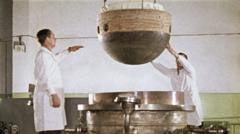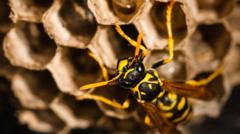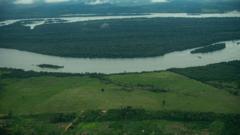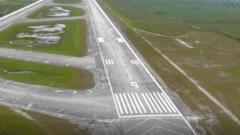Part of a Soviet-era spacecraft launched on a mission to Venus is thought to have re-entered Earth's atmosphere after being in orbit for more than 50 years. The European Space Agency indicated that one fragment of Kosmos 482 likely descended through the atmosphere around 06:16 GMT (07:16 BST) on Saturday.
Once intended to explore Venus, Kosmos 482 became stuck in orbit, breaking into four pieces over time. The exact impact site of the re-entry remains unknown, though experts suggest it may have either fallen to the ground or burned up completely on entry.
“We know that 70% of the Earth is ocean, so the likelihood of significant damage occurring is low,” asserted Stijn Lemmens, a senior analyst at the European Space Agency. He further commented, “It's statistically more probable to win the lottery than to be struck by this piece of space debris.”
The lander capsule of Kosmos 482 was designed for Venus's extreme conditions, featuring a durable heat shield. This raises the possibility that it may have survived the harsh descent through Earth's atmosphere. However, the lander's parachute system, originally meant to assist in a controlled descent towards Venus, has likely broken down over its extended time in space.
Mr. Lemmens noted that re-entries of human-made objects are common, with larger spacecraft falling to Earth approximately once a week, and smaller objects daily. He mentioned previous significant re-entries, such as China’s Long March 5B booster in 2022 and the Tiangong-1 space station in 2018, both of which mainly burned up before impacting the ocean.
Currently, international space agencies are closely monitoring Kosmos 482. Experts stress the need for future spacecraft designs to enable controlled re-entries to minimize risks to populated areas, thus safeguarding lives and the environment from potential space debris hazards.






















